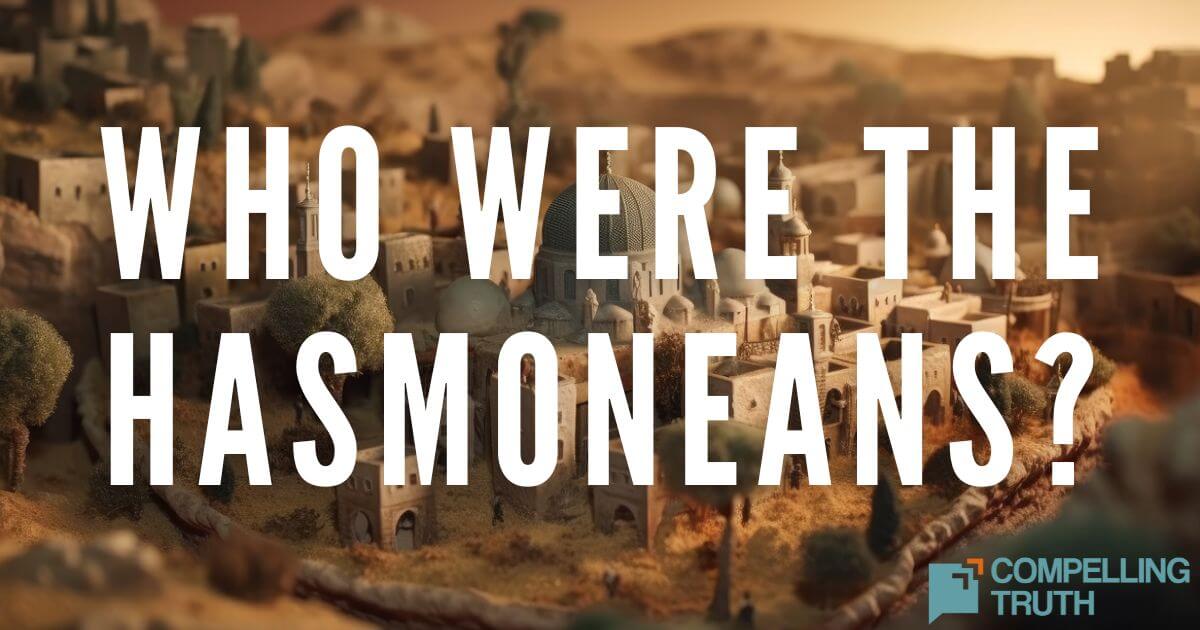Judas Maccabeus, also known as Judah Maccabee, was a leader in the Maccabean Revolt from around 167 BC to 160 BC. In order to understand the Maccabean Revolt, one must know what happened in the time period between the Old and New Testaments. Judas Maccabeus is remembered as a fierce warrior in connection with Hanukkah who represents the desire for Jews to practice their religion without foreign rule.
Judas Maccabeus exemplifies how steadfast faith and courageous leadership can inspire and sustain a community during times of severe oppression. His unwavering commitment to God, even in the face of extreme adversity, showcases the importance of holding firm to one's beliefs. His leadership not only led to the rededication of the temple, celebrated today as Hanukkah, but also ignited a collective determination among the Jewish people to resist foreign rule and fight for their religious freedom. From Judas Maccabeus, we learn the powerful lesson that by staying true to our biblical convictions, leading with courage, and inspiring others, we can overcome great challenges and effect meaningful change in our communities.




